Product information
Reviews
Shipping & returns
Product information
MOTOROLA MVME172-263 VME bus board card
Appearance and structure: It usually adopts the standard VME bus architecture, featuring mechanical structures and interfaces that comply with VME specifications, and can be conveniently inserted into the VME bus backplane slot to work in coordination with other VME modules. The front panel of the module may be equipped with a power switch, status indicator lights, etc., to display the working status of the module and perform basic operation control.
Electrical characteristics
Input voltage: Supports AC 120/240 Vac or DC 125 Vdc. The input voltage range is relatively wide, with AC 85 to 264 Vac and DC 100 to 300 Vdc, which can adapt to different power supply environments.
Input power: The maximum input power at full load is 70 W, the maximum inrush current is 104 A, and it lasts for 250 ms.
Output characteristics: It provides multiple DC output voltages, including 24 Vdc (output range 19.2 to 28.8 Vdc), 5.1 Vdc (5.0 to 5.2Vdc, nominal value 5.1 Vdc), and 3.3 Vdc (3.1 to 3.5Vdc, nominal value 3.3 Vdc). The output current at different voltages also varies. It is 0 to 1.6 A at 24 Vdc, 0 to 6 A at 5.1 Vdc, and 0 to 9 A at 3.3 Vdc.
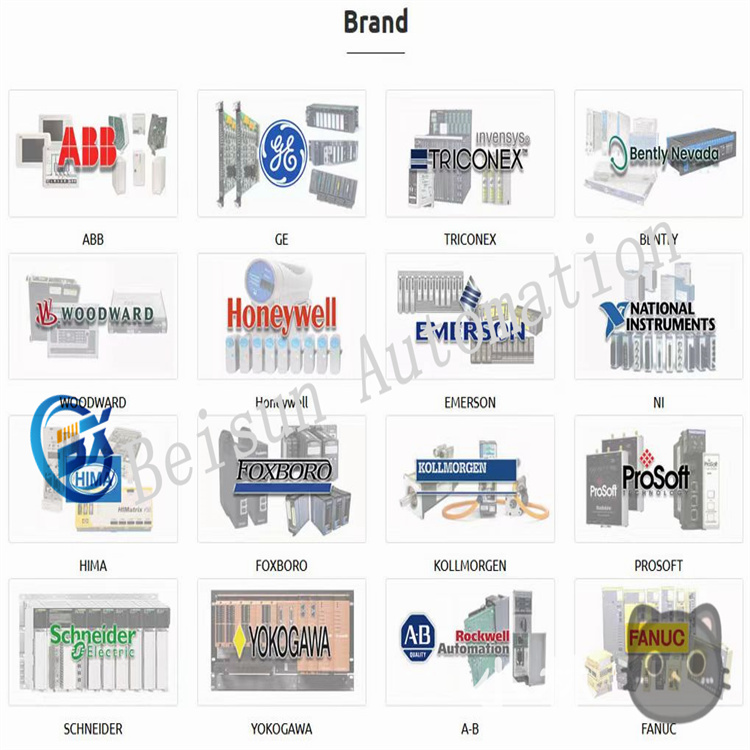
Functional characteristics
Data processing capability: Equipped with high-performance processors and related chipsets, it can quickly handle various industrial control tasks, such as data acquisition, logical operations, and process control, meeting the requirements for real-time performance and processing speed in complex industrial environments.
Rich interfaces: It is equipped with various types of interfaces, such as serial ports, Ethernet ports, USB ports, etc., facilitating communication and data transmission with other devices. It can be connected to on-site sensors, actuators, upper computers, etc., to achieve integrated control of industrial systems.
Reliability design: It adopts a sturdy casing and anti-interference design, which can adapt to harsh industrial environments such as high temperature, humidity, vibration, and electromagnetic interference, ensuring stable operation in industrial production sites. Meanwhile, it may have redundancy functions to enhance the reliability and availability of the system.
Flexible configuration options: Supports multiple operating systems. Users can select the appropriate operating system and software platform based on their specific application needs for customized development to meet the special requirements of different industrial control scenarios.



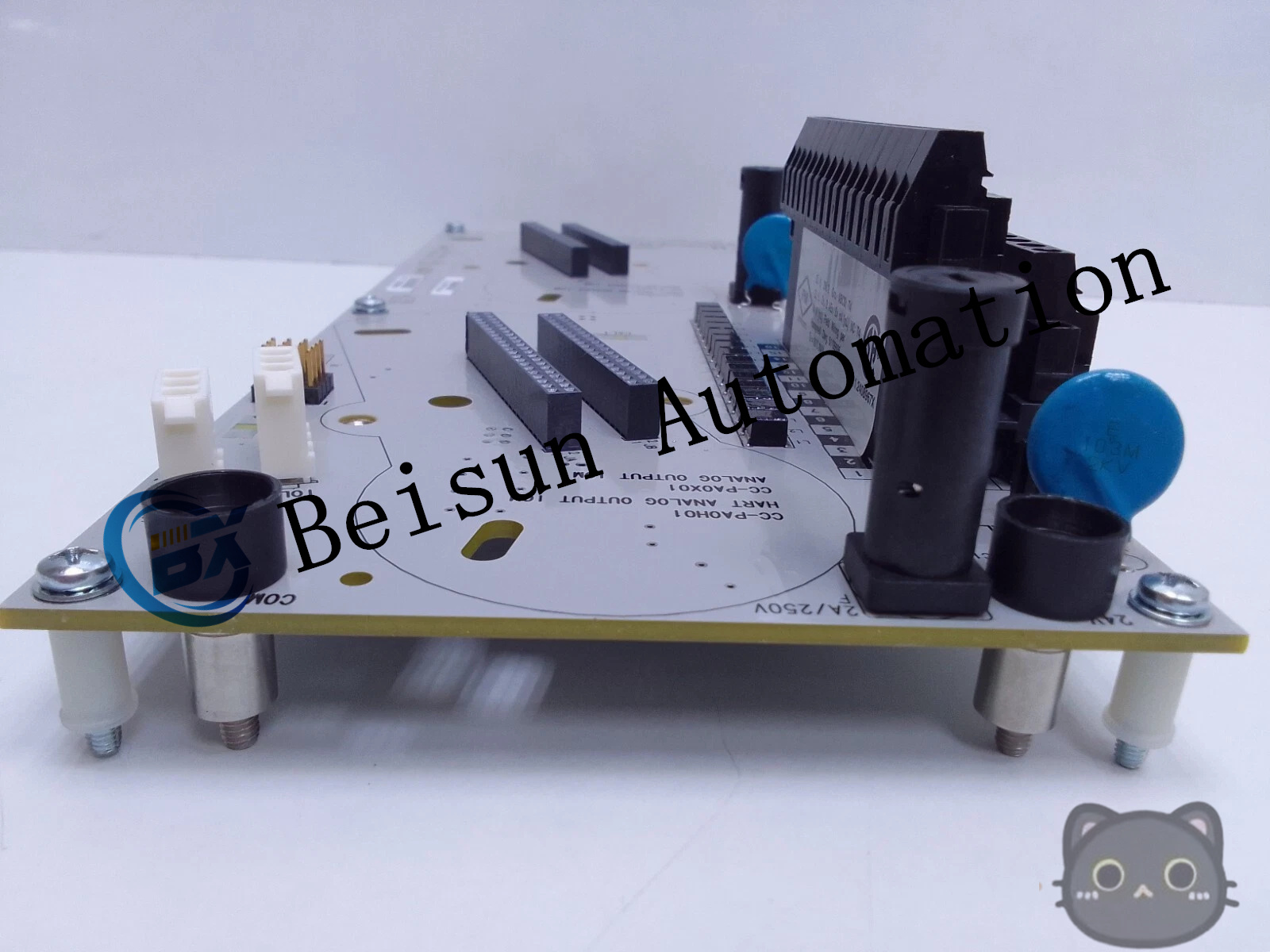

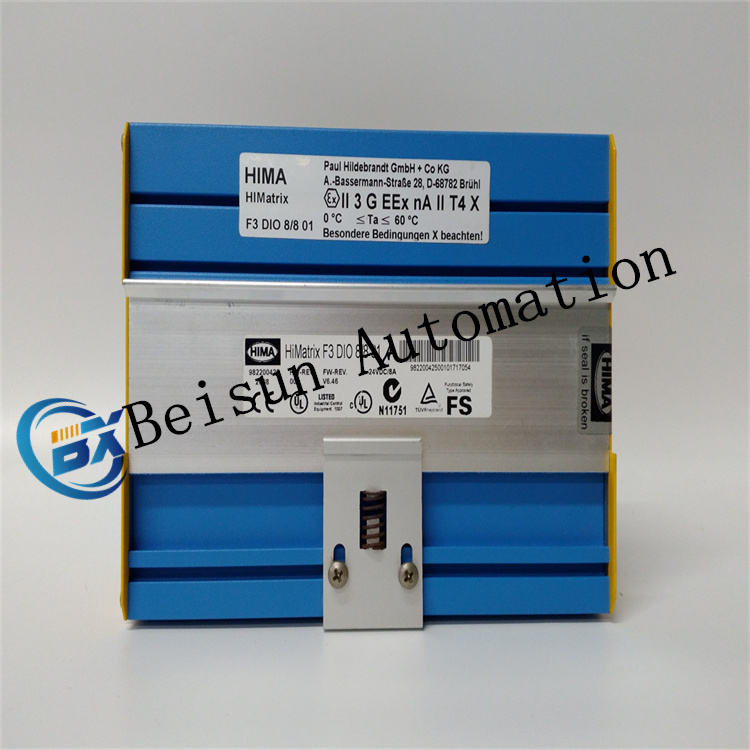
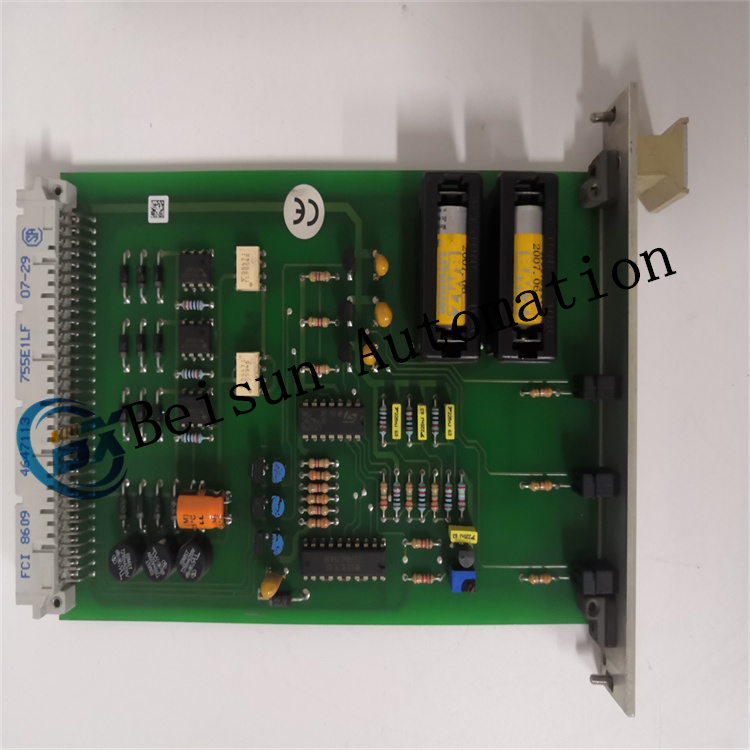
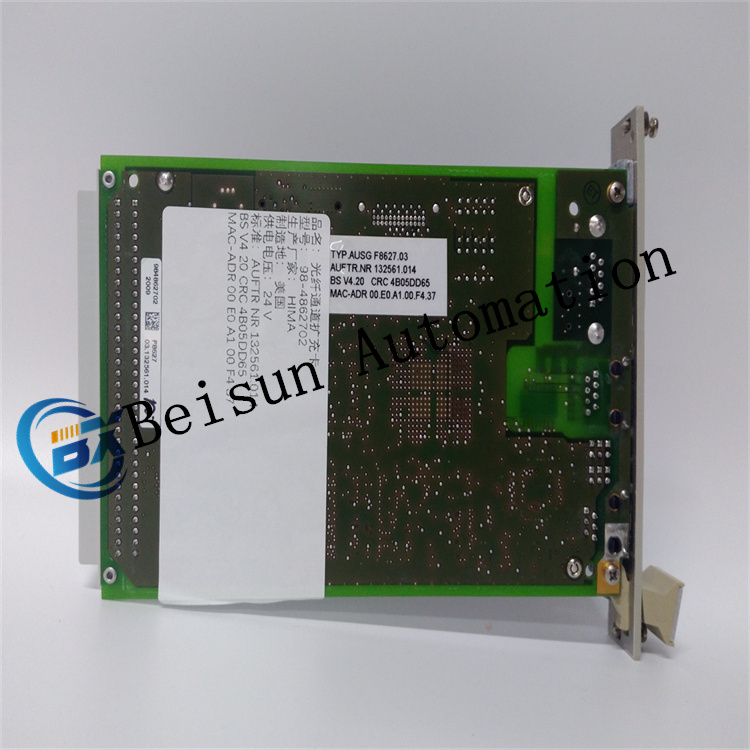
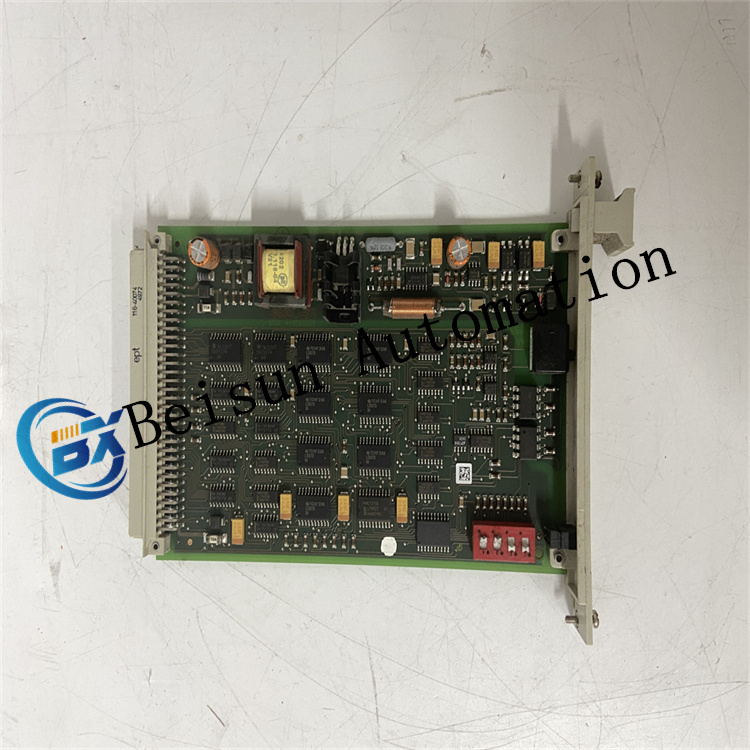
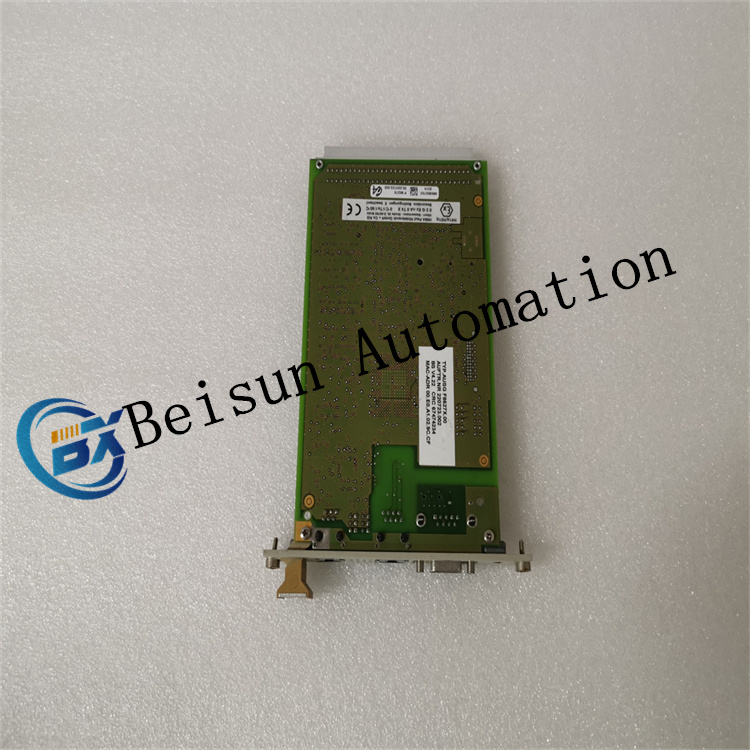

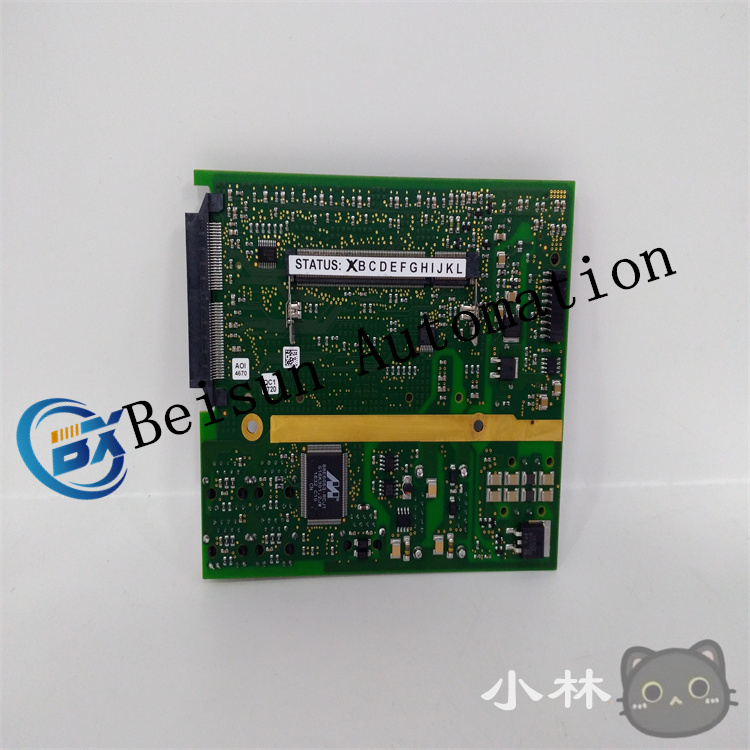
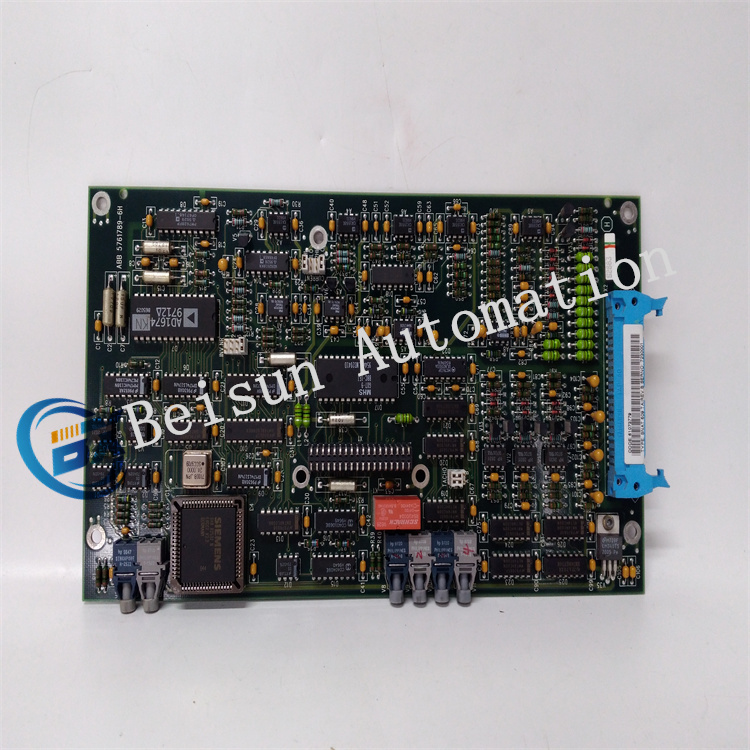

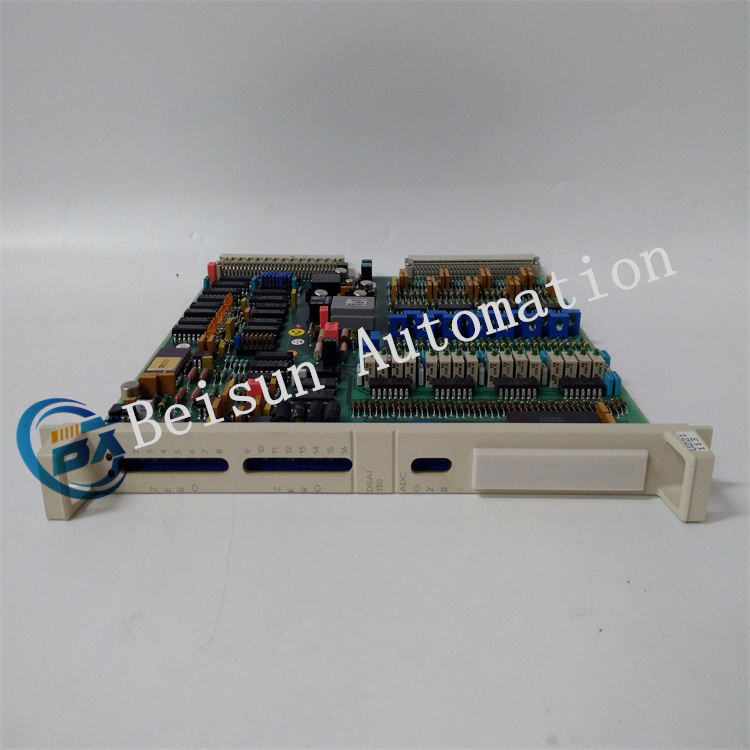
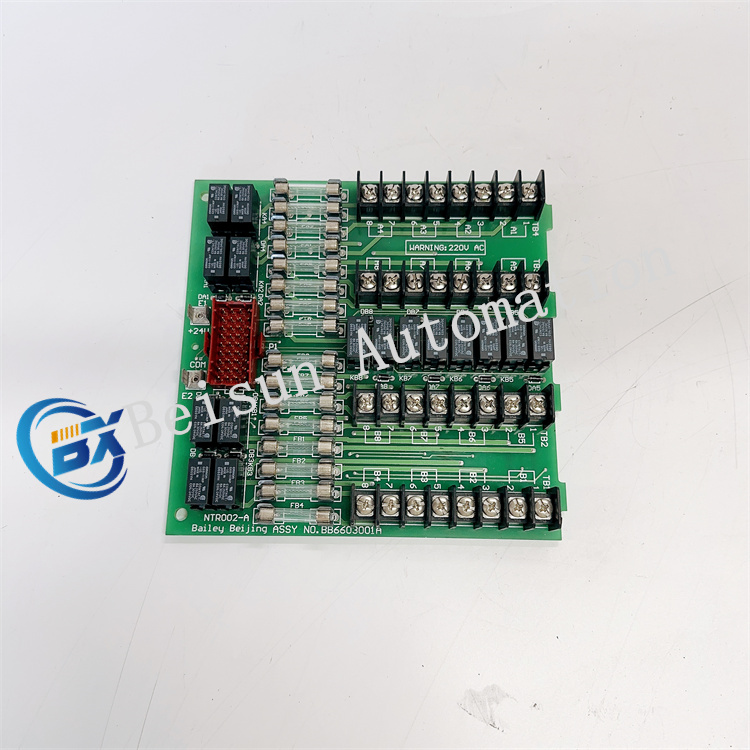
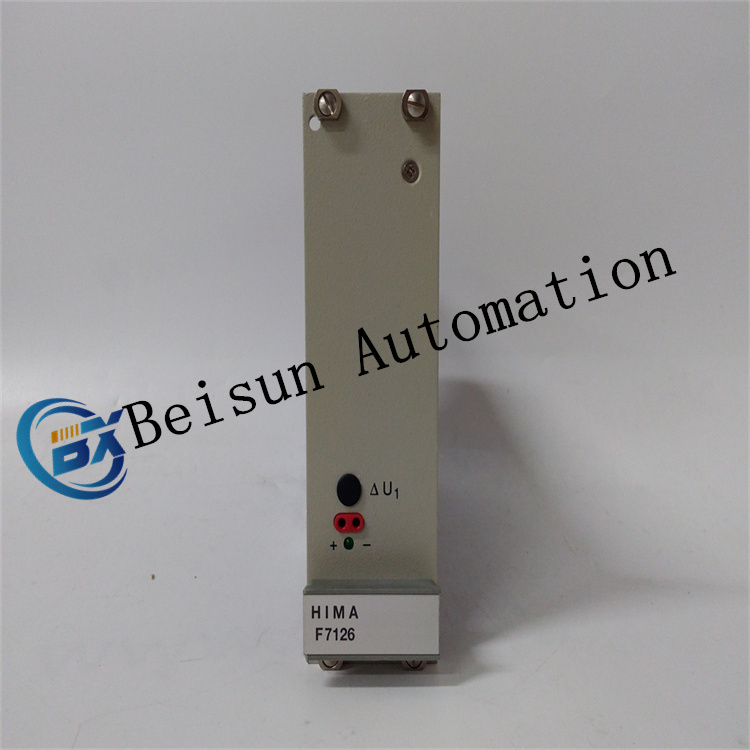
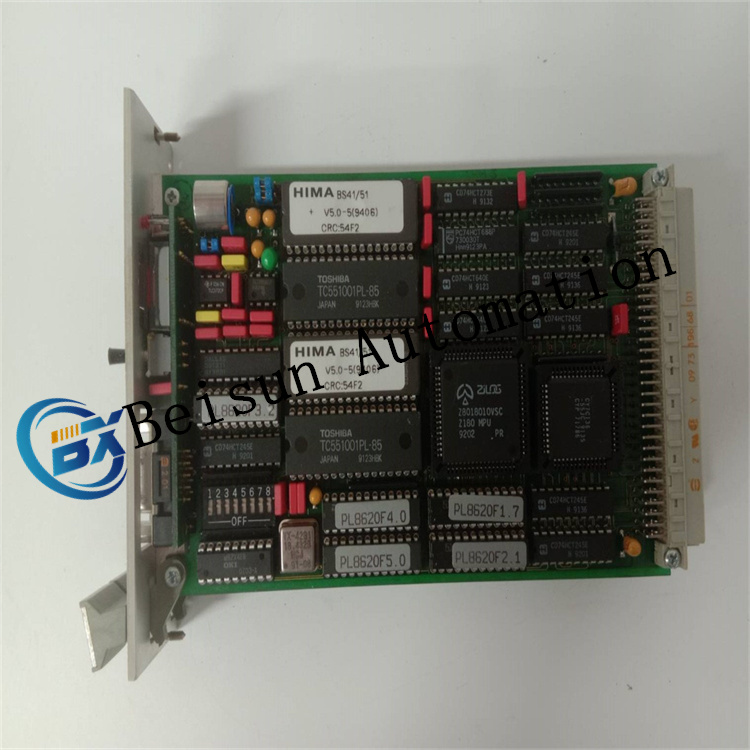

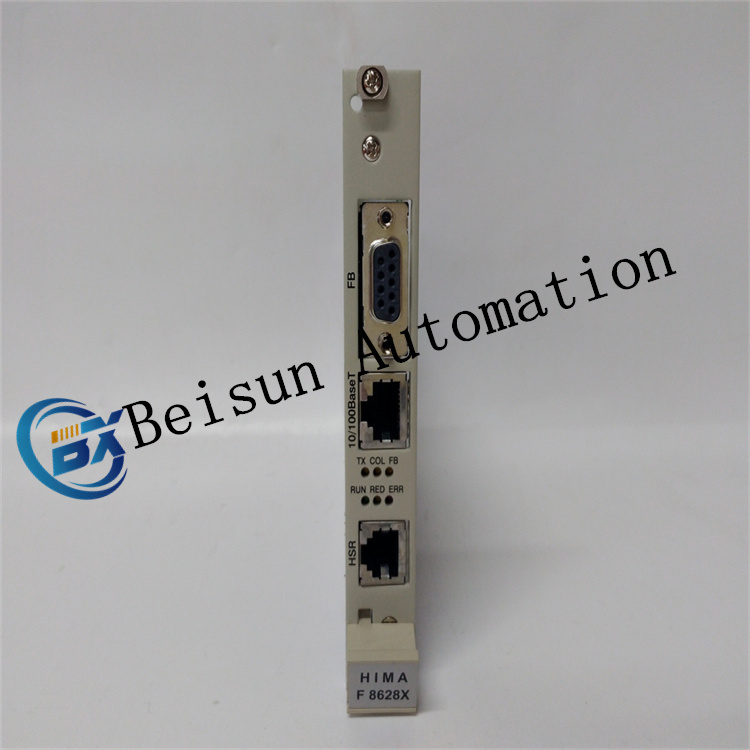
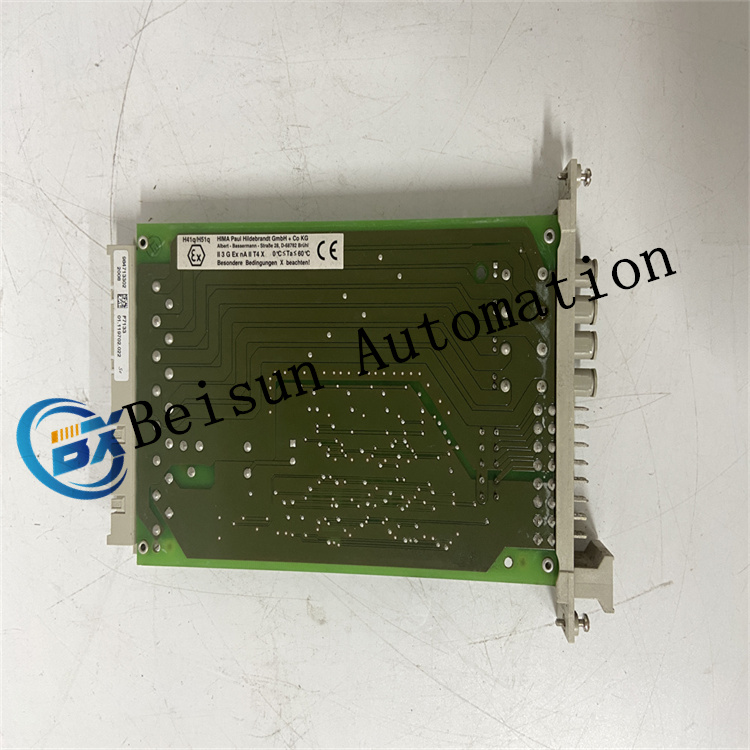
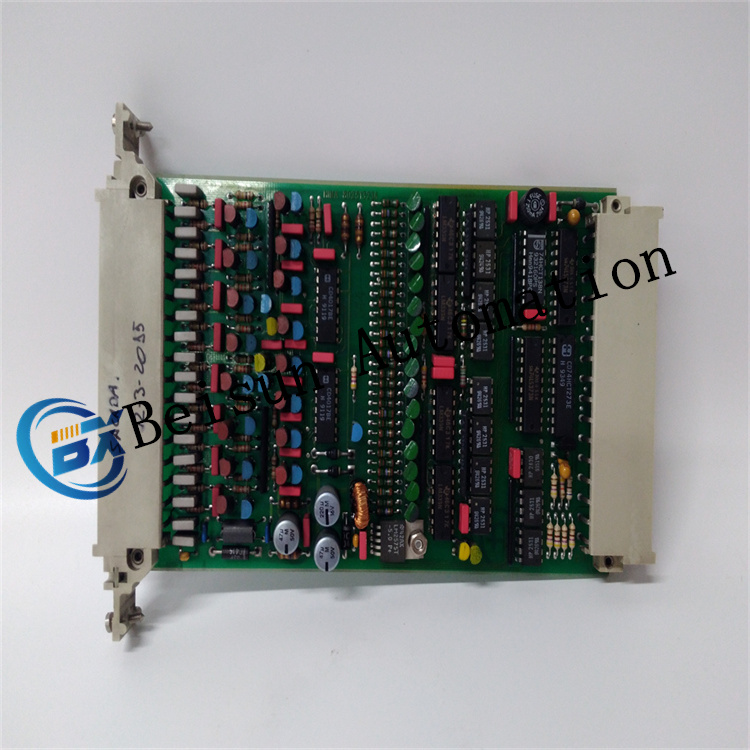

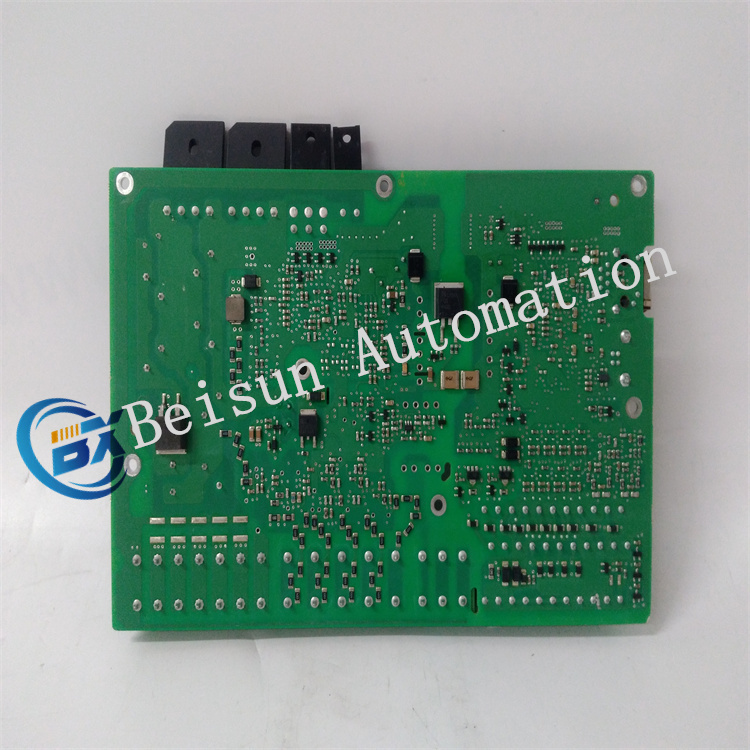
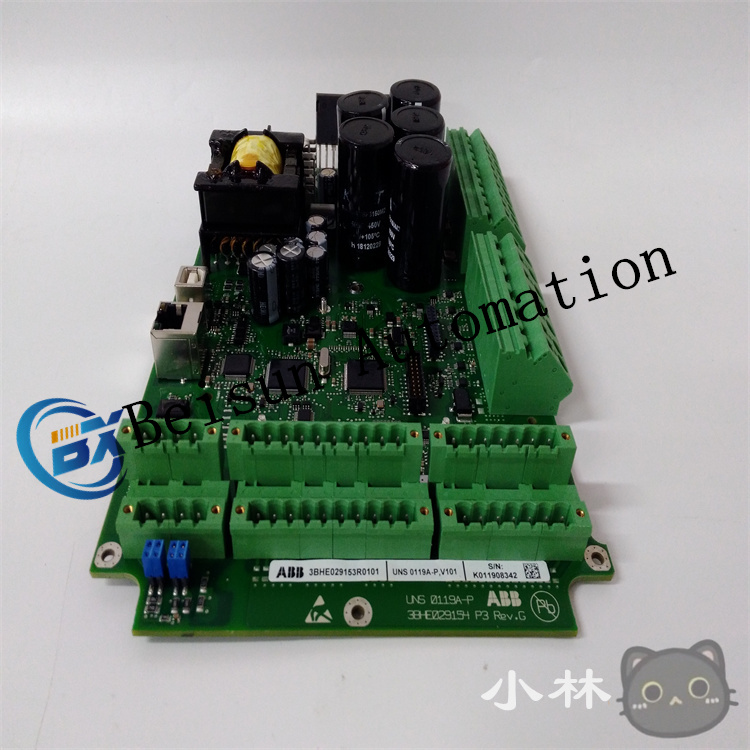

Reviews
There are no reviews yet.